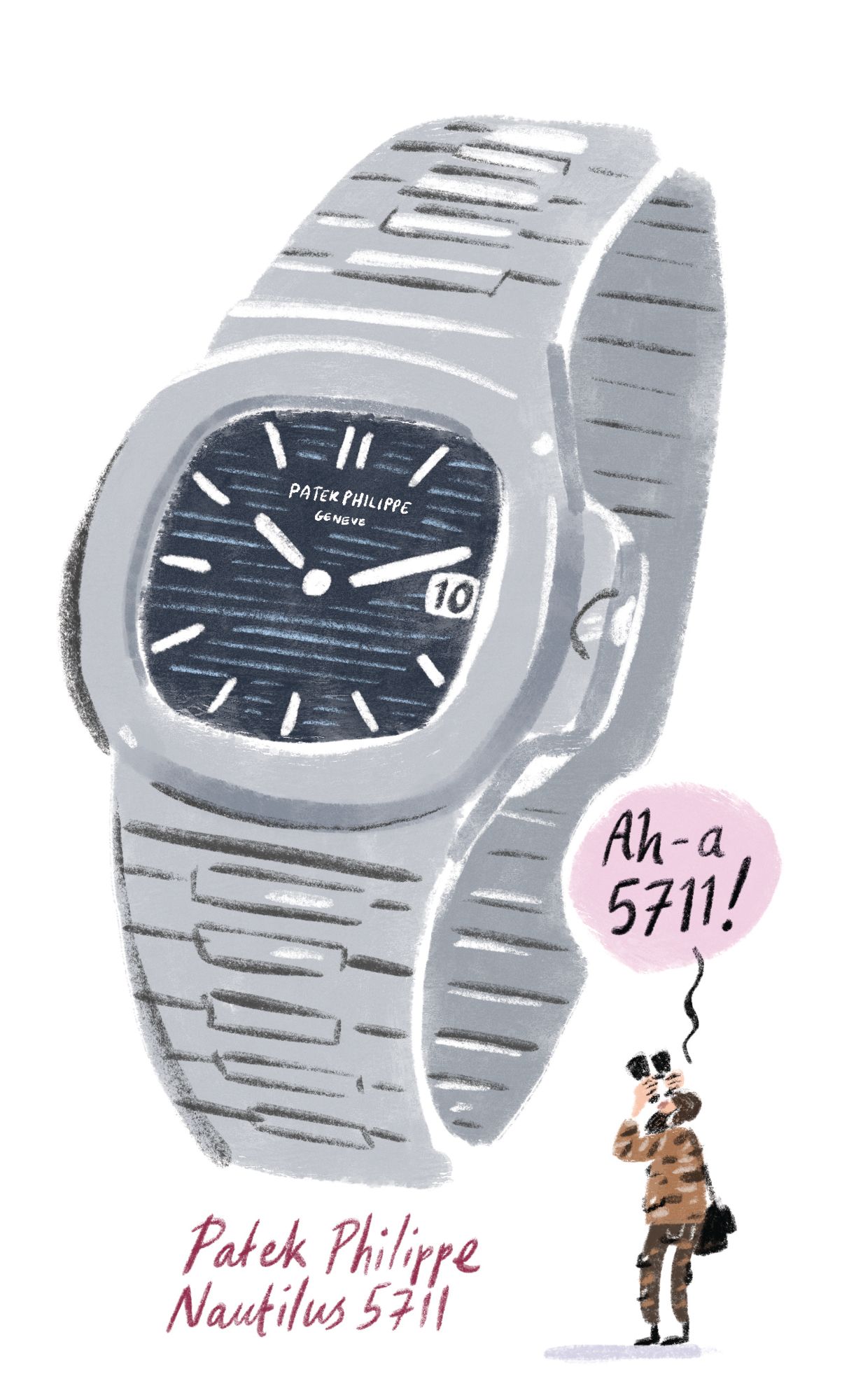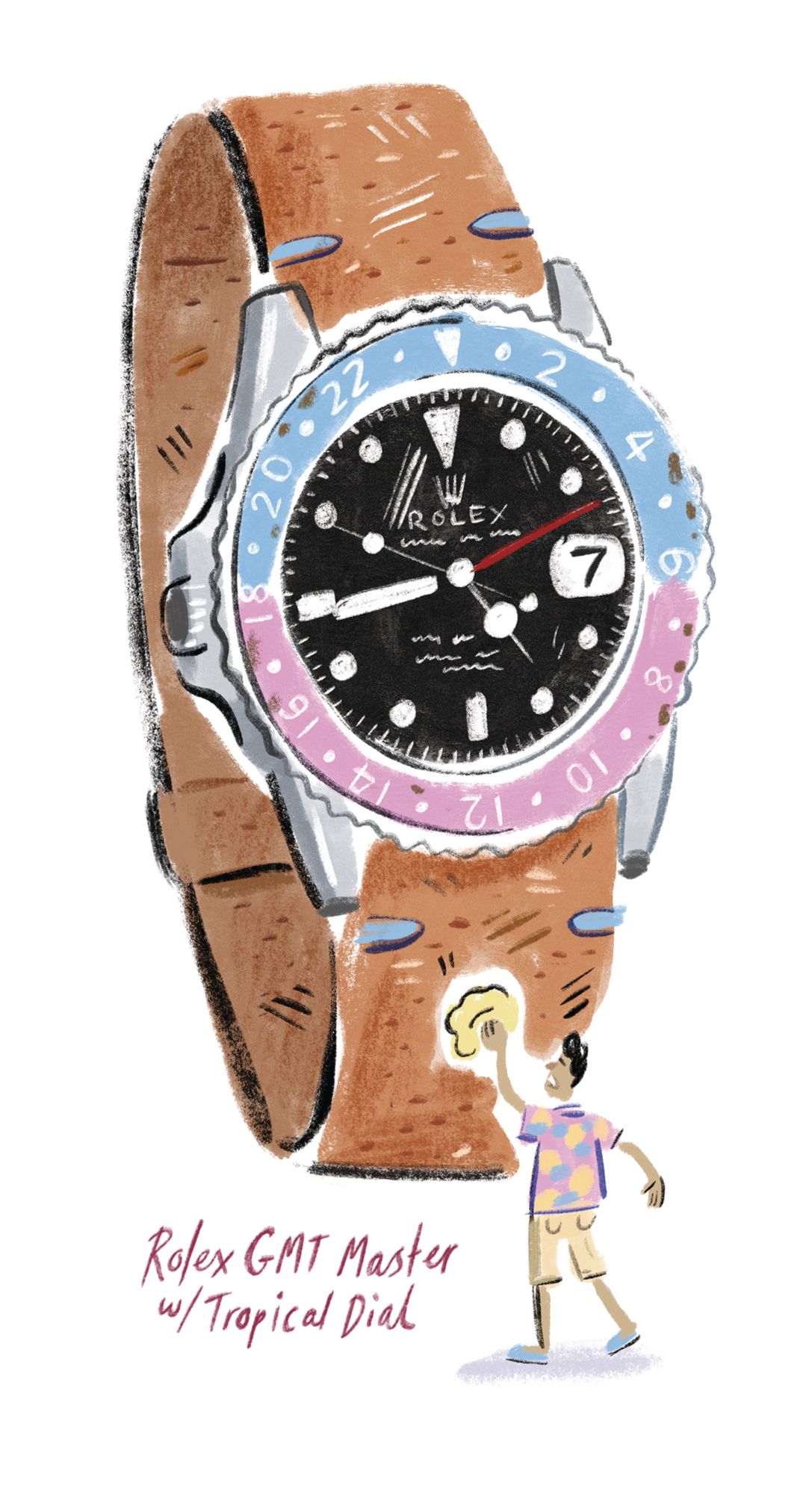Do shop blindly

Anti-intuitively, some of the most sought-after watches are also the ugliest. On many ultra-collectible grails, you’ll find execrable typography that appears directly lifted from the 1980s signage on a wannabe-fancy kebab shop in an insalubrious London suburb. You’ll see colour schemes seemingly inspired by the worst automotive eyesores from Pimp My Ride. (Combining ghastly all-caps Lucida Calligraphy text and retina-searing cloisonné enamelling, Patek Philippe’s Ref 5131 commits both these sins, yet remains an auction record setter.) You’ll witness crimes against good taste that would make even a dictator’s home decorator wince. But if the resale value is guaranteed? Close your eyes, hold your nose and go with it.
Don't neglect your darlings
You cannot simply stash your collection of timepieces in a safe and wait for them to appreciate in value. Like vintage cars, watches need to be used—they must be kept running regularly to stay in optimum condition. Also remember, like that “cheap” Ferrari 308 GTS you picked up on a whim but have spent double the purchase price maintaining, upkeep costs can be a killer. Servicing on a tourbillon or perpetual calendar is stupendously expensive and the years roll around more quickly than you’d think.
See also: 5 Expert Tips On How To Care For Your Watches And Jewellery Collections


